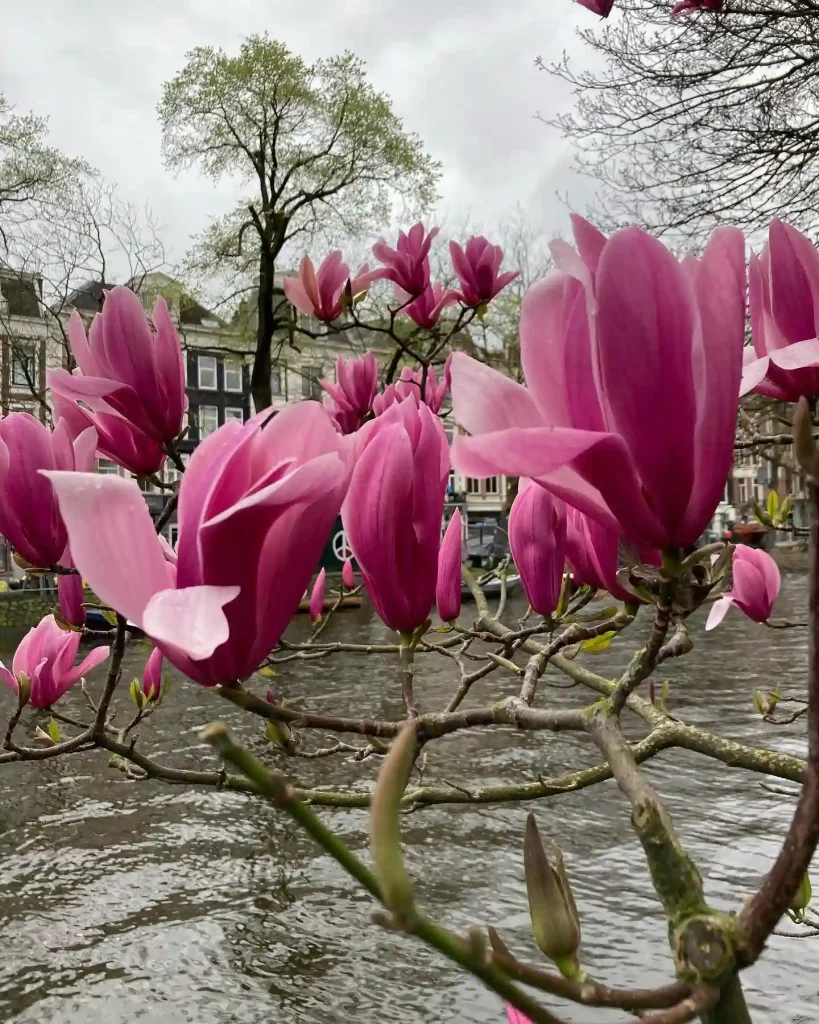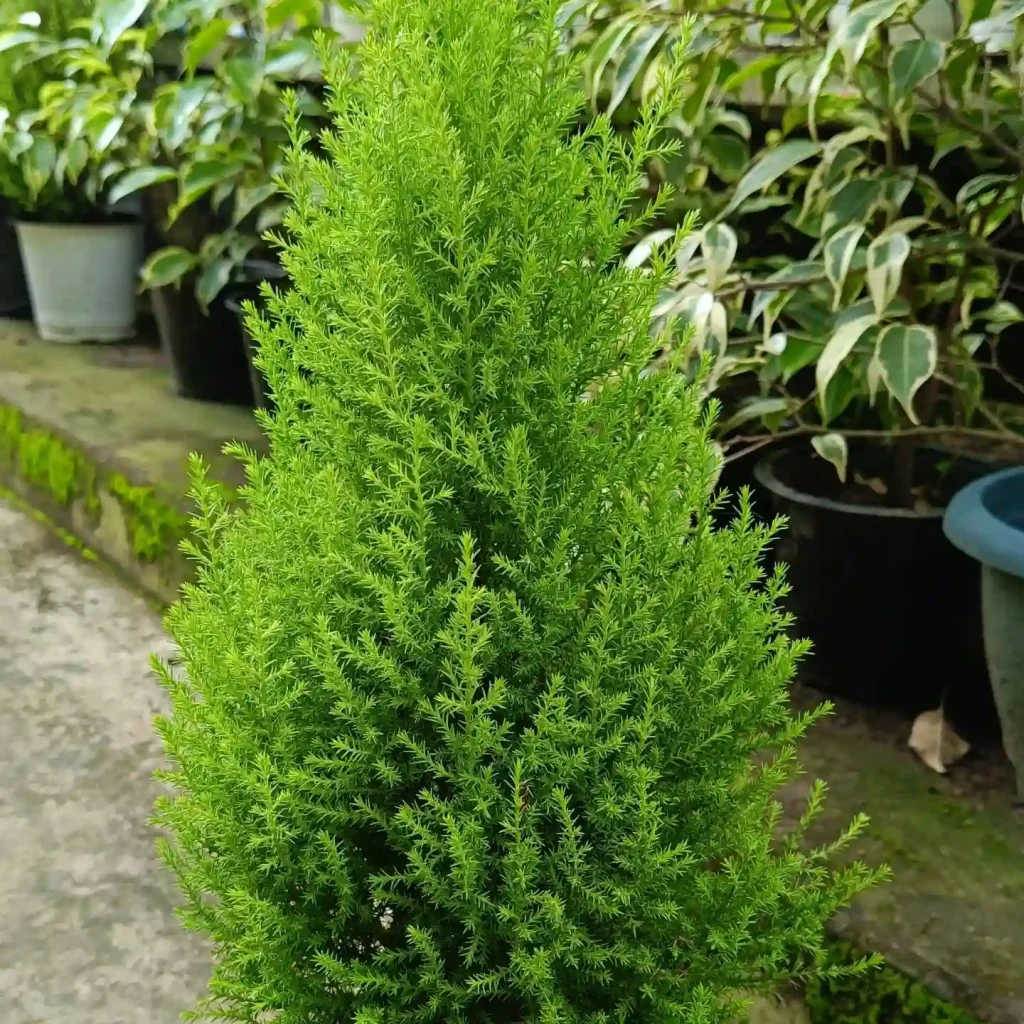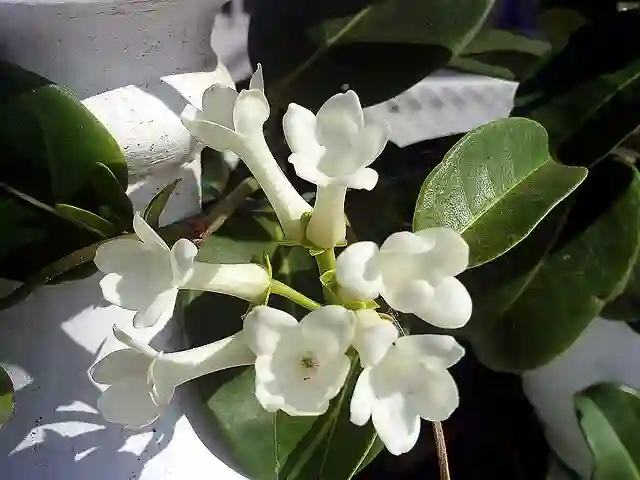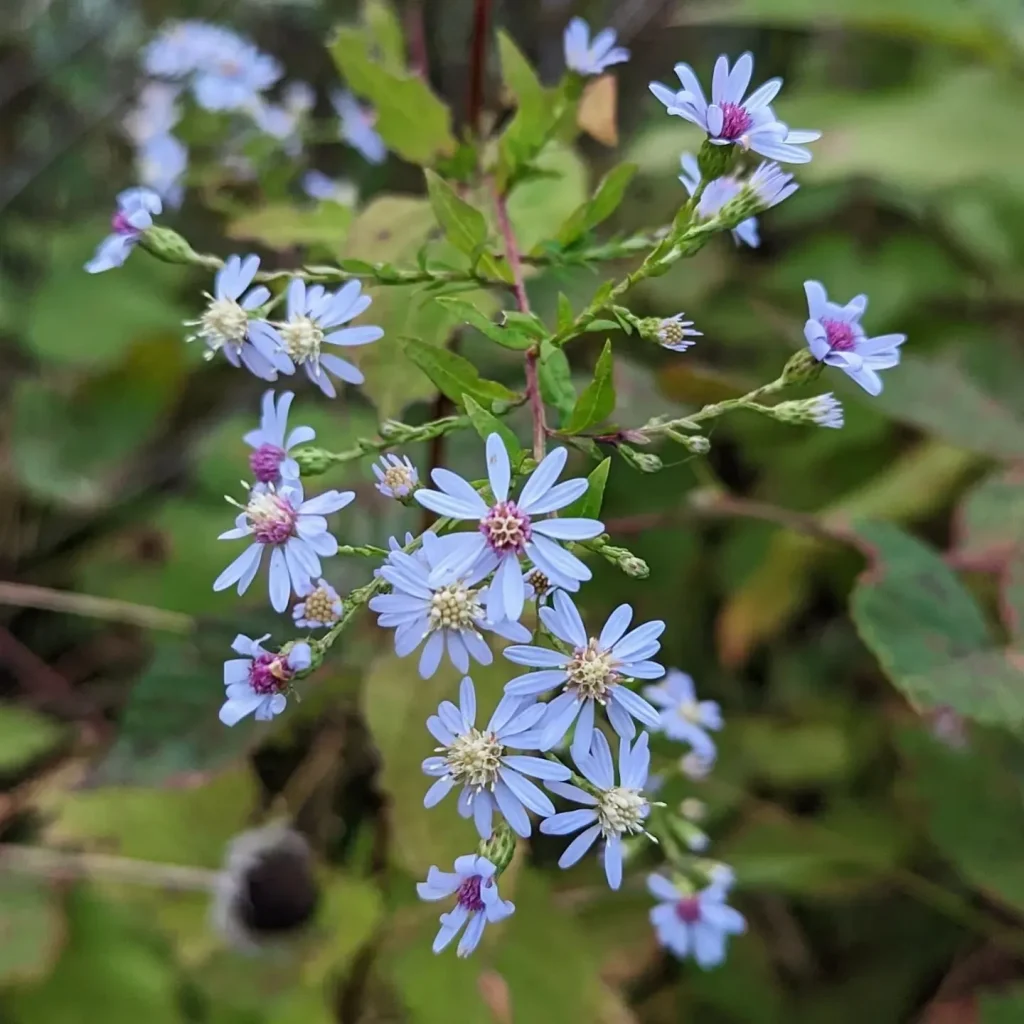The Altingiaceae Plant Family: A Deep Dive into Its Fascinating Genera
The Altingiaceae family, though not widely recognized by casual plant enthusiasts, holds a special place in the botanical world. What’s intriguing about this plant family is its historical and ecological significance. It’s a family that includes genera like Liquidambar, which are often admired for their ornamental value and medicinal uses. In this article, I’ll explore the Altingiaceae family, list its genera, and explain its broader relevance to our environment.
A Brief Overview of the Altingiaceae Family
The Altingiaceae family is part of the order Saxifragales and consists of mostly temperate woody trees. One of its key characteristics is its distinctively lobed leaves, often compared to those of maples. In fact, many people mistake the genus Liquidambar for maples because of their similar appearance. However, upon closer examination, the Altingiaceae family has unique traits that set it apart.
The Altingiaceae family has been redefined several times by botanists, and historically, some of its members were classified under different families. For example, the genus Liquidambar was once part of the Hamamelidaceae family but was later reassigned to Altingiaceae due to DNA evidence showing a distinct lineage.
What draws me to this family is its underappreciated ecological role. While some genera are prized for their aesthetic appeal in landscapes, they also play a significant role in carbon sequestration and supporting local wildlife. Their dense canopies offer shade, while their seeds provide food for various bird species.
Genera in the Altingiaceae Family
Liquidambar
15 Species in Genus Liquidambar
The genus Liquidambar is undoubtedly the most recognized member of the Altingiaceae family. Commonly known as sweetgum, these trees are popular for their vibrant fall colors. The star-shaped leaves of Liquidambar turn from green to dazzling shades of orange, red, and yellow, making them a favorite for gardeners and landscapers.
One of the standout species in this genus is Liquidambar styraciflua, native to the southeastern United States. This species is known for its spiky seed pods, which can be a bit of a nuisance when they fall, but its ornamental value far outweighs this minor inconvenience. The tree also has medicinal properties; its resin has been used historically to treat various ailments, including wounds and skin conditions.
Altingia
The genus Altingia, from which the family gets its name, is less known but equally important. Native to parts of Southeast Asia and the Himalayas, Altingia species are valued for their hard wood, often used in construction and furniture-making. The trees also produce a fragrant resin that has been utilized in traditional medicine and perfumes.
Though not as flashy as Liquidambar in terms of fall color, Altingia species contribute to biodiversity by providing habitat and food for various wildlife. Their dense foliage offers shelter, while their small fruits are consumed by birds and small mammals.
Semiliquidambar
The genus Semiliquidambar is another lesser-known member of this family. Native to East Asia, especially in China and Vietnam, this genus is closely related to Liquidambar. The name Semiliquidambar means “half-liquidambar,” and it refers to its similarities to Liquidambar species, particularly in terms of leaf shape and bark texture.
Despite its limited distribution, Semiliquidambar plays a crucial ecological role in its native habitats. It helps stabilize soils in hilly regions and provides shelter for local fauna. Although not widely cultivated outside its native range, its potential as an ornamental tree is slowly being recognized by botanists and landscapers.
Ecological Importance of the Altingiaceae Family
One thing I’ve learned through studying various plant families is that ecological significance often goes beyond aesthetics. The Altingiaceae family is no exception. Trees in this family are vital for their contributions to carbon sequestration. Their large, leafy canopies absorb significant amounts of CO2, helping to mitigate climate change.
Moreover, Altingiaceae species serve as keystone species in many ecosystems. Their presence supports a variety of wildlife, from insects that pollinate their flowers to birds that nest in their branches. For instance, the seed pods of Liquidambar are a food source for birds like finches and sparrows.
In addition to their direct benefits to wildlife, these trees also improve soil health. Their deep roots prevent soil erosion, especially in regions prone to heavy rainfall or steep terrain. In many ways, the Altingiaceae family helps to maintain the balance in its native ecosystems, making it an essential part of the natural world.
Cultivation and Uses in Landscaping
From a horticultural perspective, the Altingiaceae family offers some stunning options for landscaping. Liquidambar trees, in particular, are prized for their fall colors and their ability to thrive in a variety of soil conditions. They are relatively low-maintenance, although they can grow quite large, so they require ample space.
One thing to consider when planting trees from the Altingiaceae family is their growth rate. While some species, like Liquidambar styraciflua, grow relatively quickly, others, such as those in the genus Altingia, may take more time to mature. However, the investment is worth it for the shade, beauty, and environmental benefits these trees provide.
Conclusion
The Altingiaceae family may not be as well-known as others, but it deserves recognition for its ecological contributions and ornamental value. Whether it’s the striking fall colors of Liquidambar or the sturdy wood of Altingia, this family offers both beauty and functionality to our landscapes.
As I continue to explore and learn more about plant families, I find myself increasingly drawn to the overlooked ones like Altingiaceae. They remind me that even the quiet contributors in nature play crucial roles, not just for humans but for the entire ecosystem. And for me, that’s the real beauty of plants—they’re always part of a larger, interconnected web.
If i die, water my plants!



